The national tourism brand needs to be built in a more professional and comprehensive way, creating an attractive, safe and classy image of Vietnam in the international market.
 |
| On World Tourism Day, Dr. Trinh Le Anh said that Vietnam needs many strategies to develop sustainable tourism. (Photo: NVCC) |
On the occasion of World Tourism Day (September 27), The World and Vietnam Newspaper had an interview with Dr. Trinh Le Anh (University of Social Sciences and Humanities - Vietnam National University, Hanoi) about the challenges of Vietnam's tourism industry and current development trends.
Many challenges for Vietnamese tourism
In your opinion, what outstanding achievements has the Vietnamese tourism industry achieved in recent years, especially after the Covid-19 pandemic?
In recent years, especially after the Covid-19 pandemic, Vietnam's tourism industry has recorded many remarkable achievements.
First of all, we can mention the strong recovery of international and domestic tourists. Famous destinations such as Hanoi, Ha Long, Da Nang, Phu Quoc... have quickly restored their position on the regional and world tourism map.
The government and tourism businesses have closely coordinated and applied technology to innovate ways of promoting and connecting with customers.
This has helped Vietnam not only attract tourists but also create many new and more attractive tourism products and services. In addition, domestic tourism has also made a breakthrough, with the strong participation of local communities, creating unique cultural and natural tourism products.
Vietnam is building its image as a safe, friendly and diverse destination with the significant contribution of sustainable tourism models. After the pandemic, the number of international tourists to Vietnam has increased sharply.
According to data from the General Department of Tourism, in 2023, Vietnam welcomed nearly 10 million international visitors, an impressive number compared to the initial target of 8 million. Regarding domestic tourism, in 2022, Vietnam recorded 101 million domestic visitors, surpassing the pre-pandemic record and demonstrating the strong recovery of the domestic tourism market.
This is the result of flexible changes in the Government's tourism stimulus policies, combined with attractive tourism promotion campaigns and the application of digital technology. The development of sustainable tourism is also noteworthy.
Programs such as "Green Tourism" in Phu Quoc, Ha Long, or community tourism models in localities such as Sapa and Ninh Binh have contributed to promoting Vietnamese tourism towards the goal of sustainable development and being more responsible towards the environment.
What challenges are facing our country's tourism industry in the current context, in your opinion?
Vietnam's tourism industry is still facing many challenges in the current context. According to the World Economic Forum's (WEF) Global Tourism Competitiveness Report 2023, Vietnam only ranks 63/140 countries.
Although there is an improvement compared to previous years, this shows that there is still much to do to improve the position of our country's tourism industry. Fierce competition from countries in the region and around the world requires us to continuously improve the quality of services, invest heavily in tourism infrastructure and create more unique experiences.
Furthermore, environmental protection and sustainable exploitation of natural resources for tourism development are still big problems, requiring the participation of the whole society.
Another challenge is human resources. According to a survey by the Vietnam National Administration of Tourism, up to 60% of tourism workers left the industry during the pandemic, causing a serious shortage of high-quality human resources when tourism recovers. This requires stronger training and skills upgrading programs to meet the growing needs of the industry. To be able to compete internationally, we need to focus more on improving the qualifications and skills of the tourism workforce, from managers to direct service staff.
Finally, environmental protection and tourism resource management are also very worrying. For example, famous destinations such as Ha Long Bay or Hoi An are facing tourist overload, putting great pressure on infrastructure and ecosystems. This is a difficult problem not only for Vietnam but also for many countries around the world.
 |
Trends in sustainable tourism development and experiences
Sustainable tourism is a global trend. How do you evaluate Vietnam's efforts in developing sustainable tourism?
Vietnam has made great efforts to develop sustainable tourism, from adopting environmentally friendly planning policies to campaigns to preserve cultural and natural heritage. A typical example is the community tourism model in the northern mountainous provinces such as Sa Pa and Mu Cang Chai, where local communities are trained to manage tourism, preserve cultural identity and protect the environment.
Ecotourism areas such as Cat Tien National Park or Phong Nha - Ke Bang have also contributed positively to sustainable development through biodiversity conservation and providing nature tourism experiences.
However, to develop more sustainable tourism in the future, Vietnam needs to invest more in green infrastructure, effectively manage tourism resources, and develop strategies to educate both tourists and locals about environmental protection. At the same time, there needs to be preferential policies to encourage tourism businesses to apply sustainable management models and use renewable energy.
International standards for sustainable development such as ISO 14001 also need to be applied more widely. ISO 14001 is an international standard for environmental management systems, helping organizations and businesses manage their environmental impact more effectively. In tourism, this standard supports resource reduction, waste management, and ecosystem protection, thereby helping to develop sustainable tourism.
The application of ISO 14001 also enhances the reputation of tourism businesses, attracts environmentally conscious tourists, and ensures compliance with environmental protection laws. This creates long-term socio-economic benefits, while improving the image of Vietnamese tourism in the international arena.
What is the potential for developing experiential tourism in Vietnam from your perspective? What types of experiential tourism can be strongly developed in the future?
Experiential tourism is a prominent trend today as tourists increasingly seek more personal, unique and in-depth experiences. Vietnam - with its rich natural resources, diverse culture and long history - has great potential to develop this type of tourism. For example, rural experiential tourism is attracting the attention of both international and domestic tourists.
Experiences such as rice farming in the Mekong Delta, fishing with fishermen in Hoi An, or making handicrafts in Hanoi and Hue all provide opportunities for visitors to gain a deeper understanding of the cultural and working life of the Vietnamese people.
In the future, tourism types associated with natural exploration such as mountain climbing, scuba diving, and adventure tourism in areas such as Ha Long Bay, Con Dao, and Phu Quoc will develop strongly. In addition, cultural and spiritual tourism combined with traditional festival experiences also has great potential, such as festivals with Hau Dong performances or other folk cultural performances.
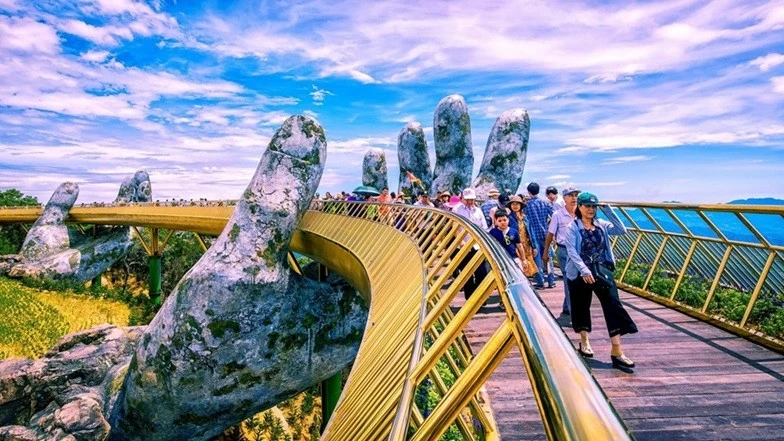 |
| Vietnam has made many efforts in developing sustainable tourism, from applying environmentally friendly planning policies. (Source: News) |
Apply digital technology
Digital technology is profoundly changing the tourism industry. How do you evaluate the application of technology in tourism in Vietnam and what technologies can bring high efficiency to our country's tourism industry?
Digital technology has been playing a key role in changing the way the tourism industry operates, especially after the Covid-19 pandemic. In Vietnam, we have started to apply online booking platforms, visitor information management systems and cashless payment technologies, helping tourists easily access information and services.
However, there is still much work to be done to fully exploit the potential of technology in tourism. Artificial intelligence (AI) and big data can help analyze tourist behavior, optimize promotional strategies and create more personalized experiences. Virtual reality (VR) and augmented reality (AR) are also technologies that promise to bring new experiences to tourists, especially in introducing cultural and historical heritage.
For example, at the Hue Imperial Citadel, visitors can wear VR glasses to relive ancient royal life, witness court ceremonies, or visit structures that have been destroyed over time. AR technology is also applied at the Ho Chi Minh City Museum of Fine Arts, where visitors use their phones or smart devices to view paintings and artifacts with expanded information, 3D images, and videos introducing the creation process, providing a more in-depth and vivid look.
In addition, blockchain can be applied in e-ticket management, hotel reservations, and tourism supply chain management, enhancing transparency and security.
In your opinion, what should Vietnam do to strengthen international cooperation in the tourism sector, especially in the context of increasingly fierce competition?
To enhance international cooperation in tourism, Vietnam needs to participate more strongly in international tourism organizations and associations such as the World Tourism Organization (UNWTO), now the United Nations Tourism Organization (UN Tourism), and the World Economic Forum (WEF). At the same time, it is necessary to create favorable conditions for promoting cooperation programs between domestic tourism businesses and international partners.
This can be done through international tourism fairs, such as ITB Berlin or WTM London, where we can learn from each other and create opportunities for cooperation. The government also needs to create more flexible visa policies to attract international tourists, especially from major markets such as Europe, the US and Japan. Signing bilateral and multilateral tourism cooperation agreements also plays an important role in promoting international cooperation.
Looking at the successes of countries with developed tourism industries, what lessons do you draw for Vietnam?
One of the important lessons from developed tourism countries such as Thailand, Japan or France is that they have invested heavily in tourism infrastructure and services, while maintaining high quality and continuous innovation. We should learn from how they build sustainable development strategies, protect environmental and cultural resources, and create unique and different tourism experiences.
The most important thing to take Vietnam tourism to a new level is effective management and synchronous development between policies, infrastructure and human resources. In particular, Vietnam needs to focus on investing in service quality and diversifying tourism products to compete with destinations in the region. Moreover, the national tourism brand needs to be built in a more professional and comprehensive way, creating an attractive, safe and classy image of Vietnam in the international market.
Thanks TS!
Source: https://baoquocte.vn/ts-trinh-le-anh-du-lich-viet-can-huong-den-hinh-anh-hap-dan-va-dang-cap-tren-thi-truong-quoc-te-287695.html



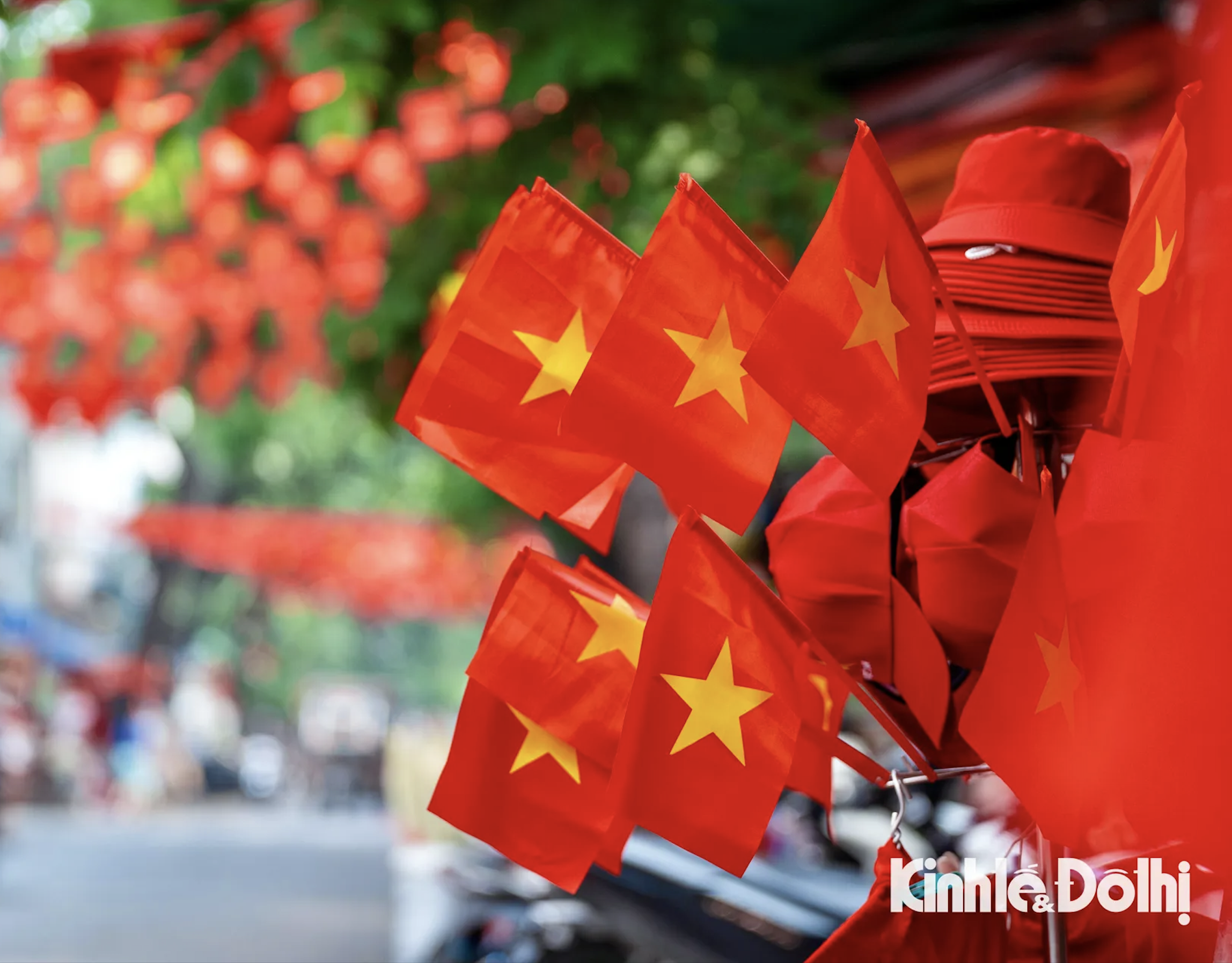


![[Photo] President Luong Cuong receives delegation of the Youth Committee of the Liberal Democratic Party of Japan](https://vstatic.vietnam.vn/vietnam/resource/IMAGE/2025/8/22/2632d7f5cf4f4a8e90ce5f5e1989194a)


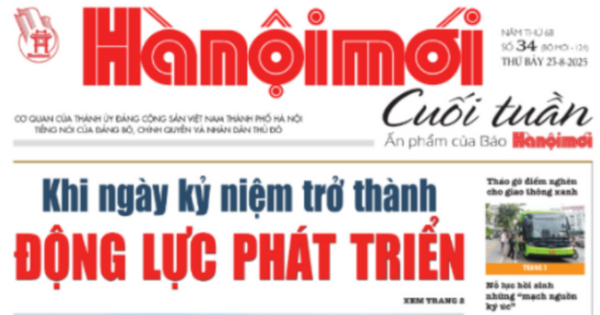

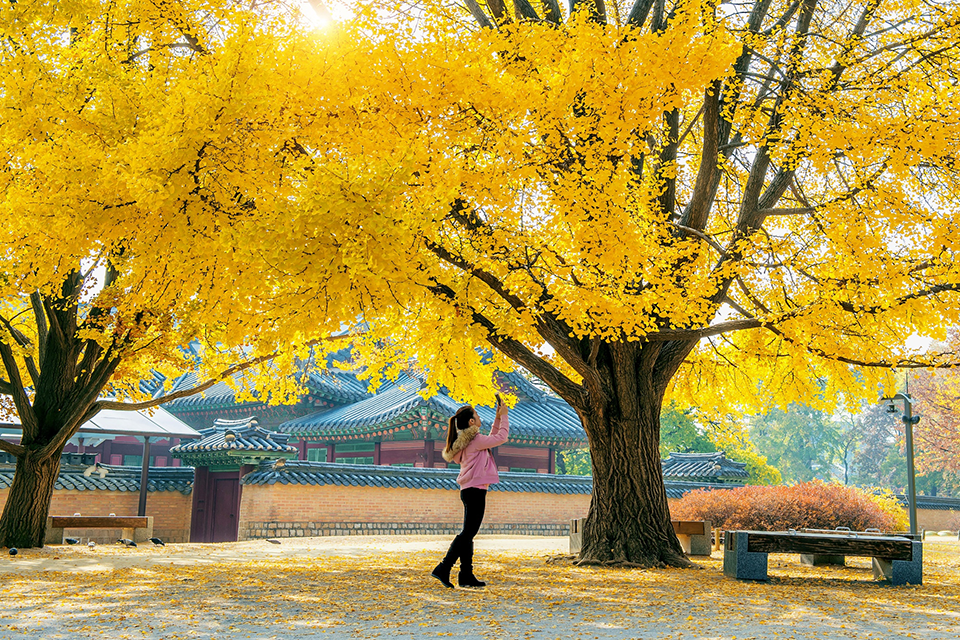


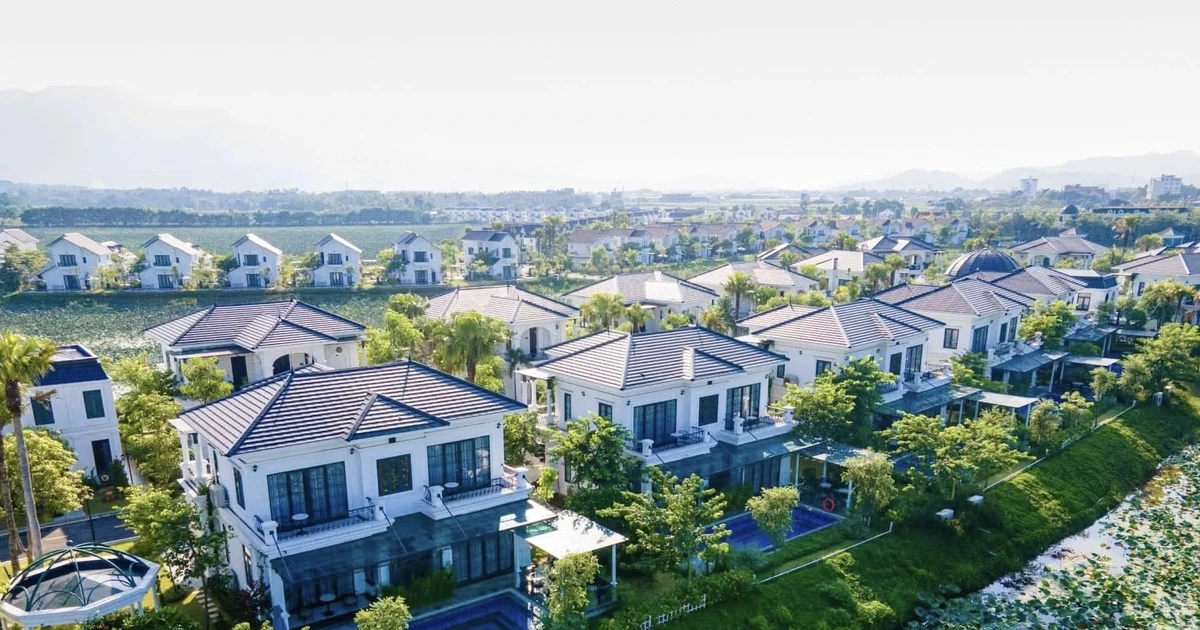

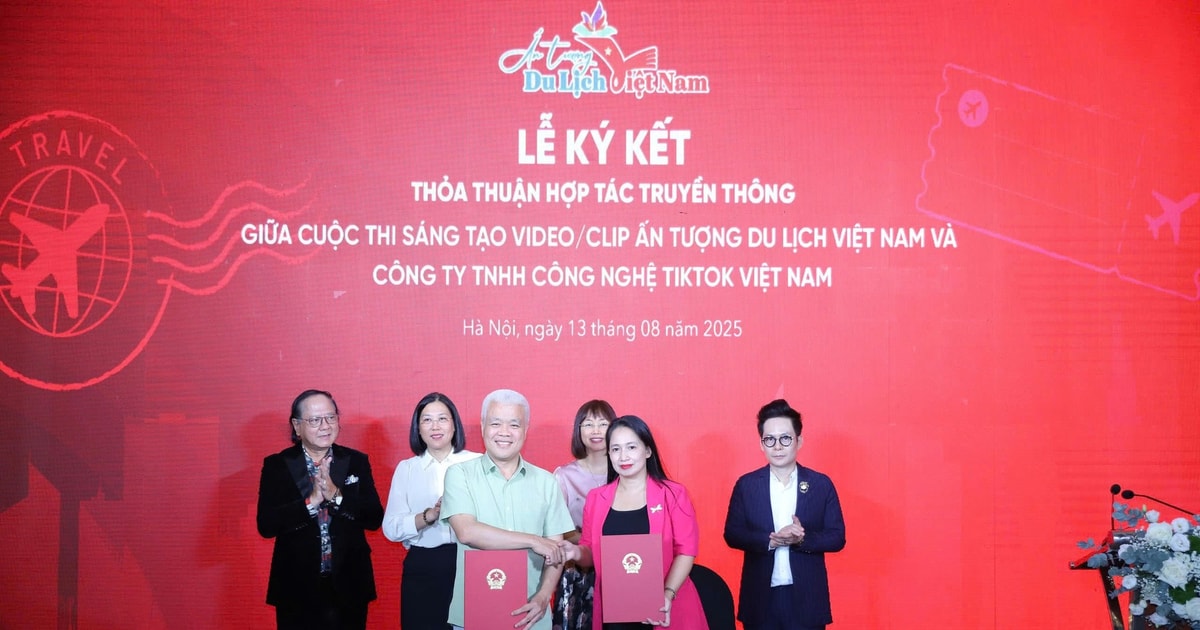

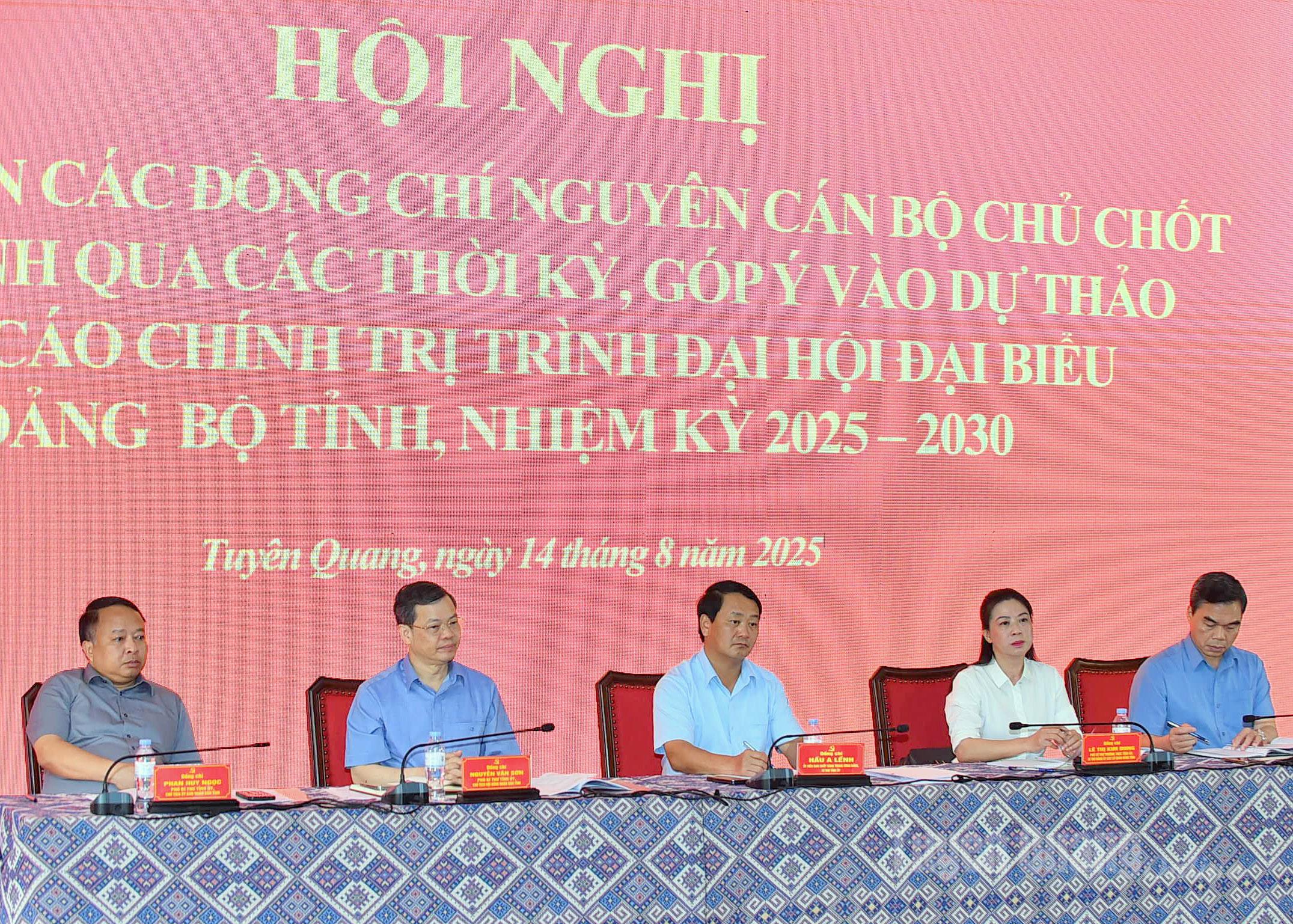

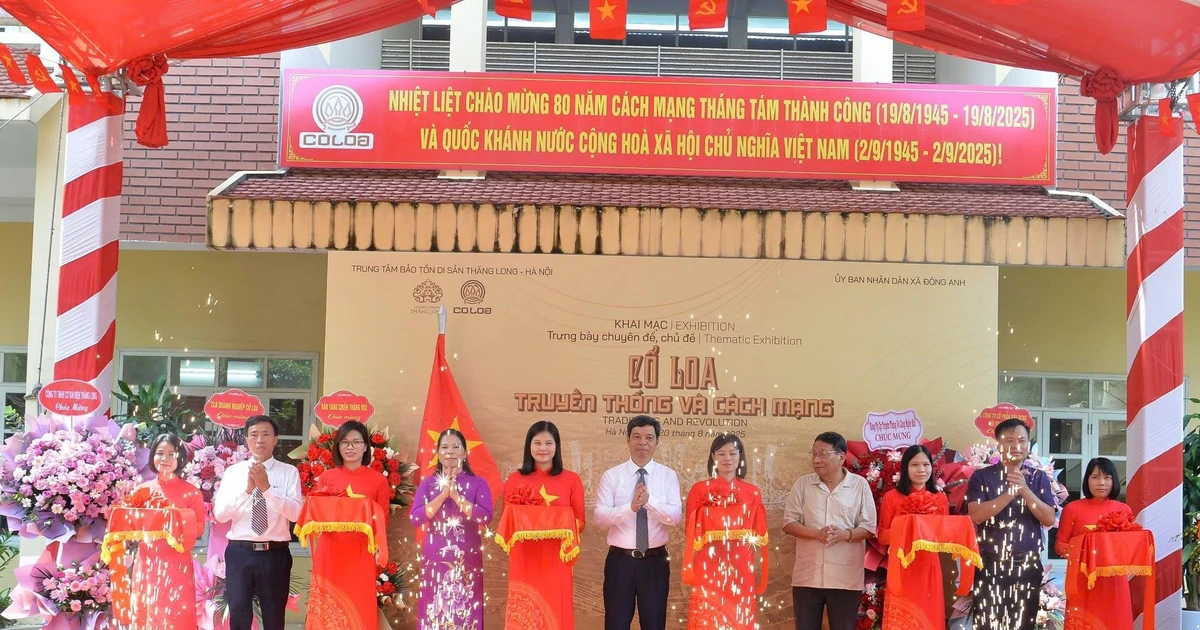

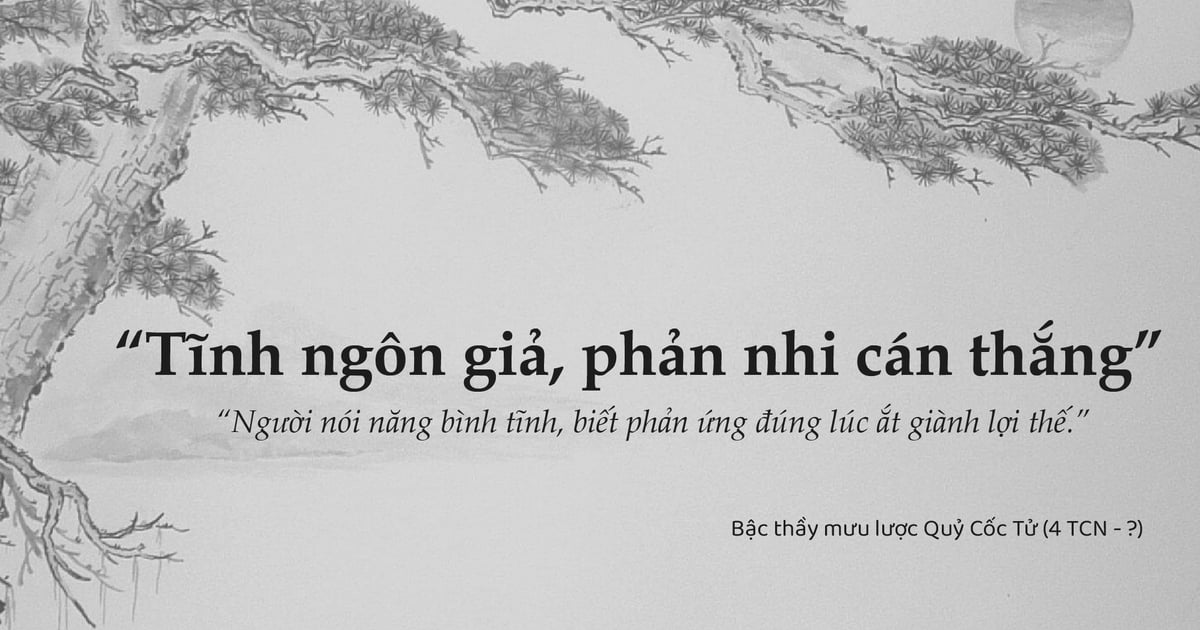


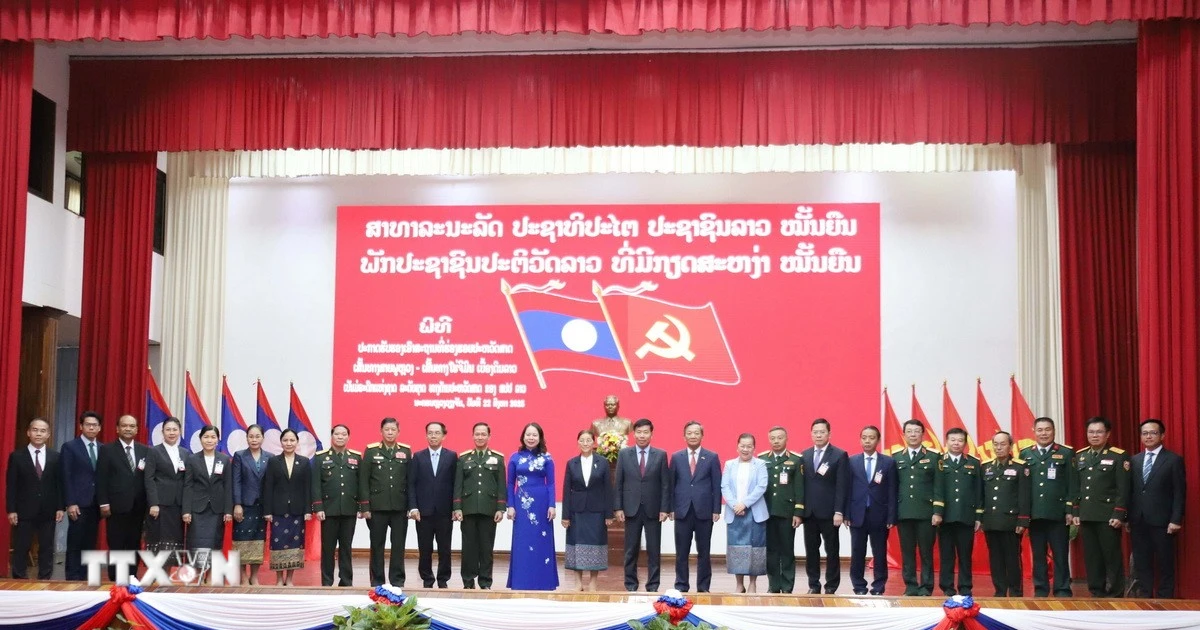








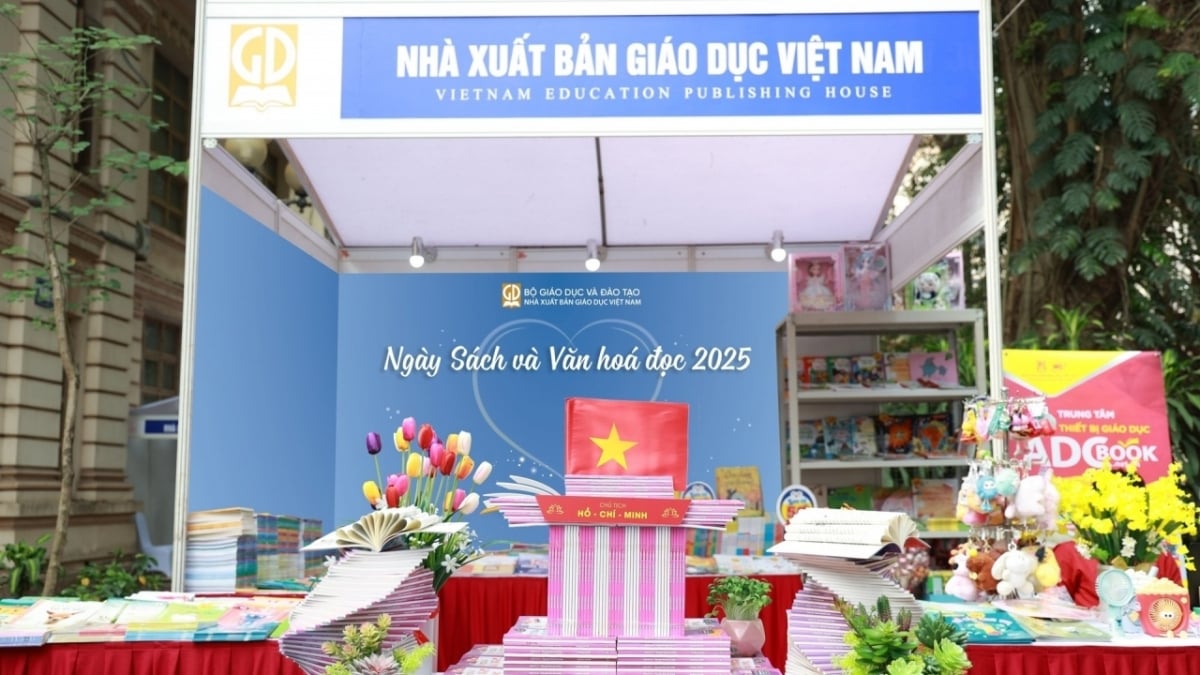
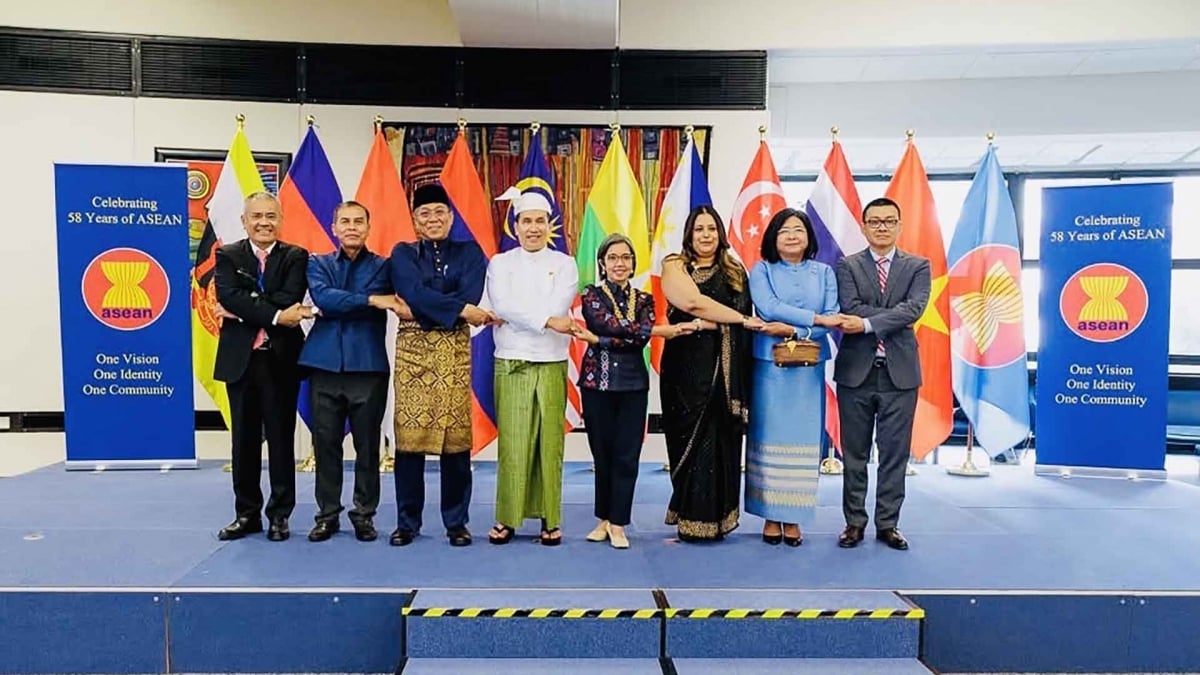
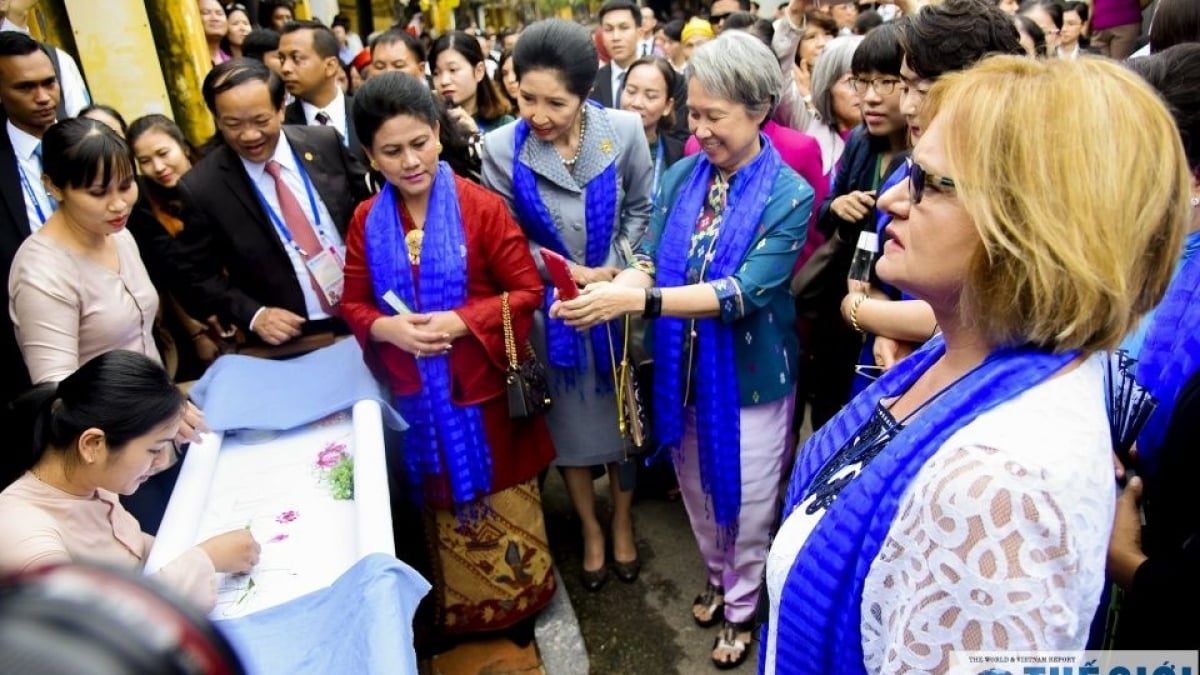


















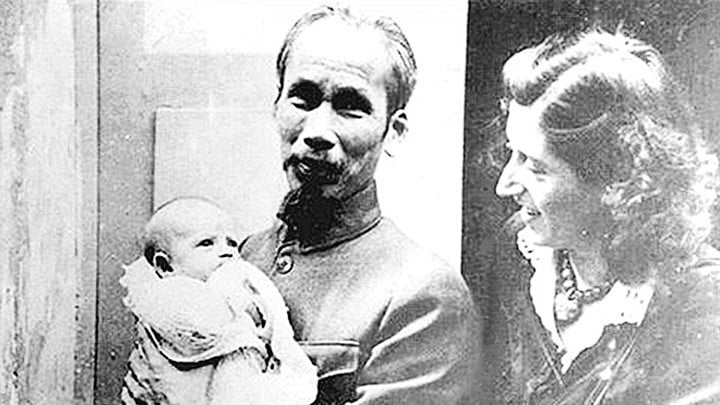
















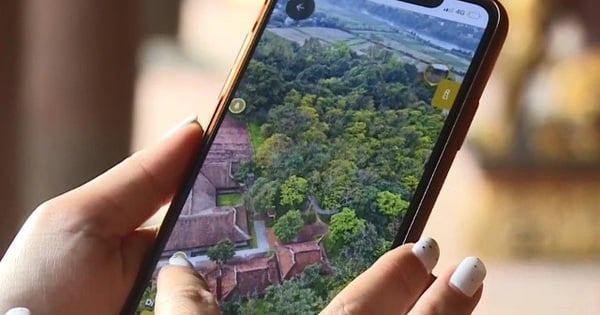




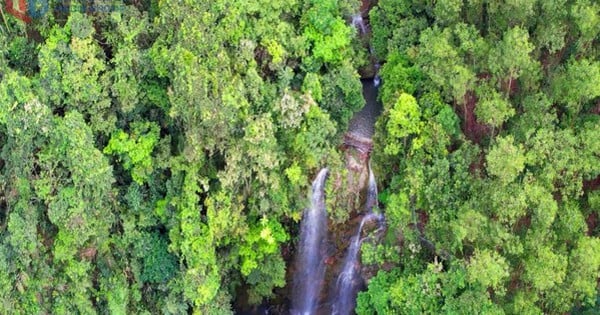
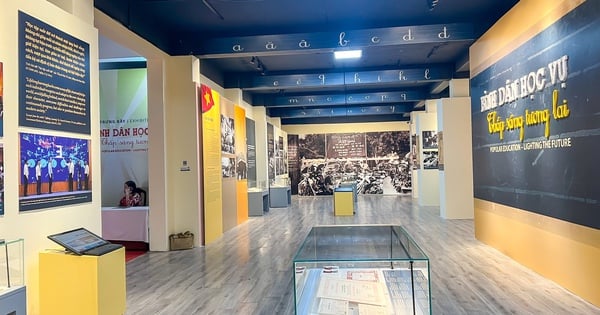
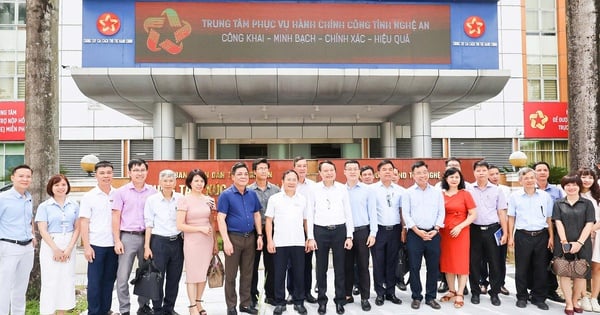
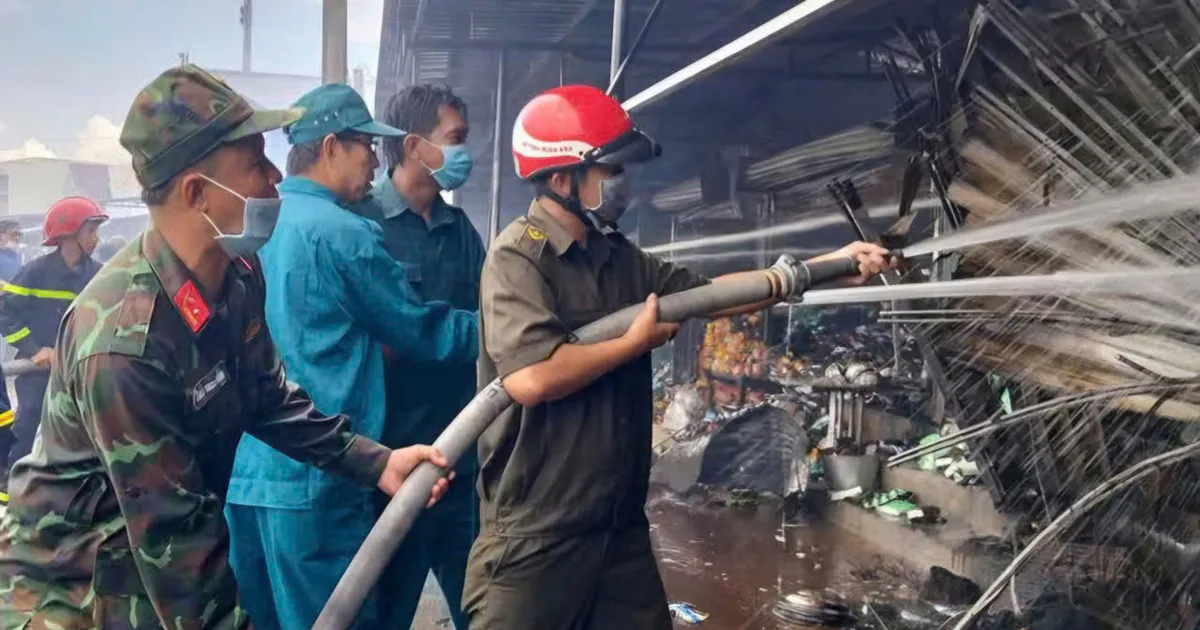


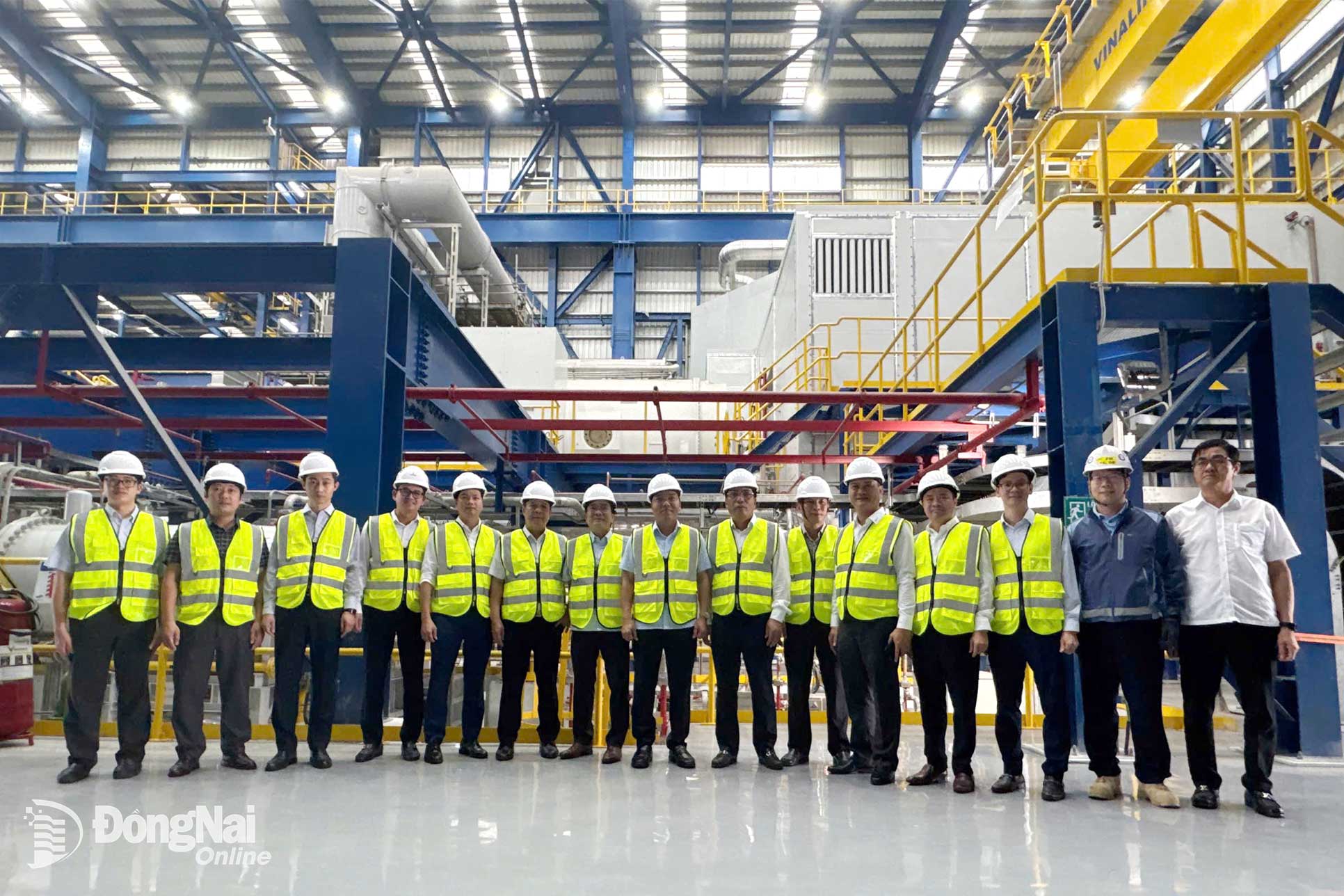

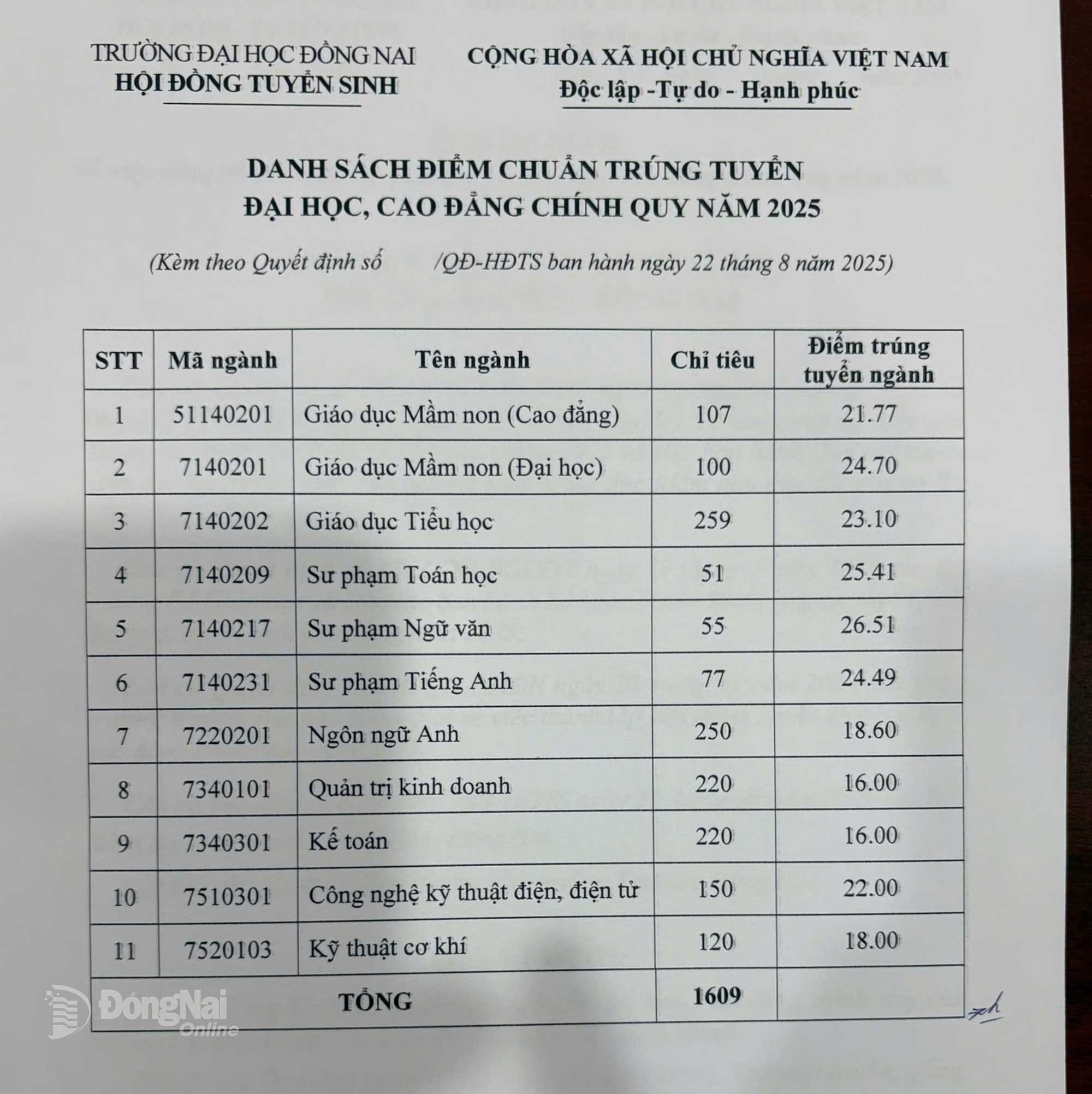
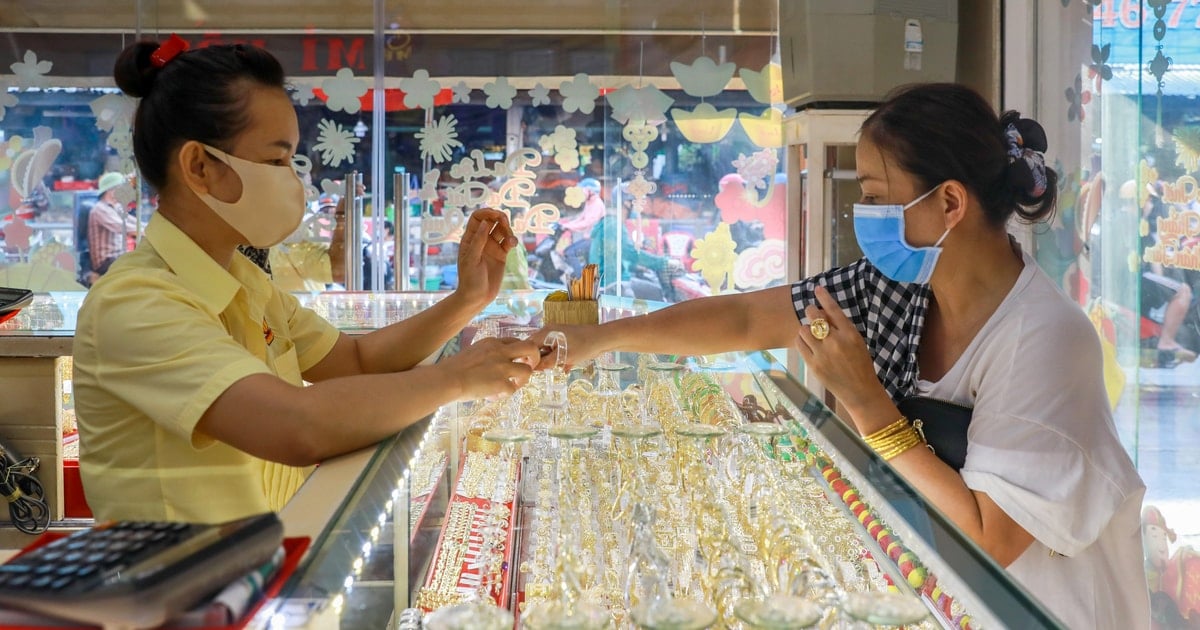









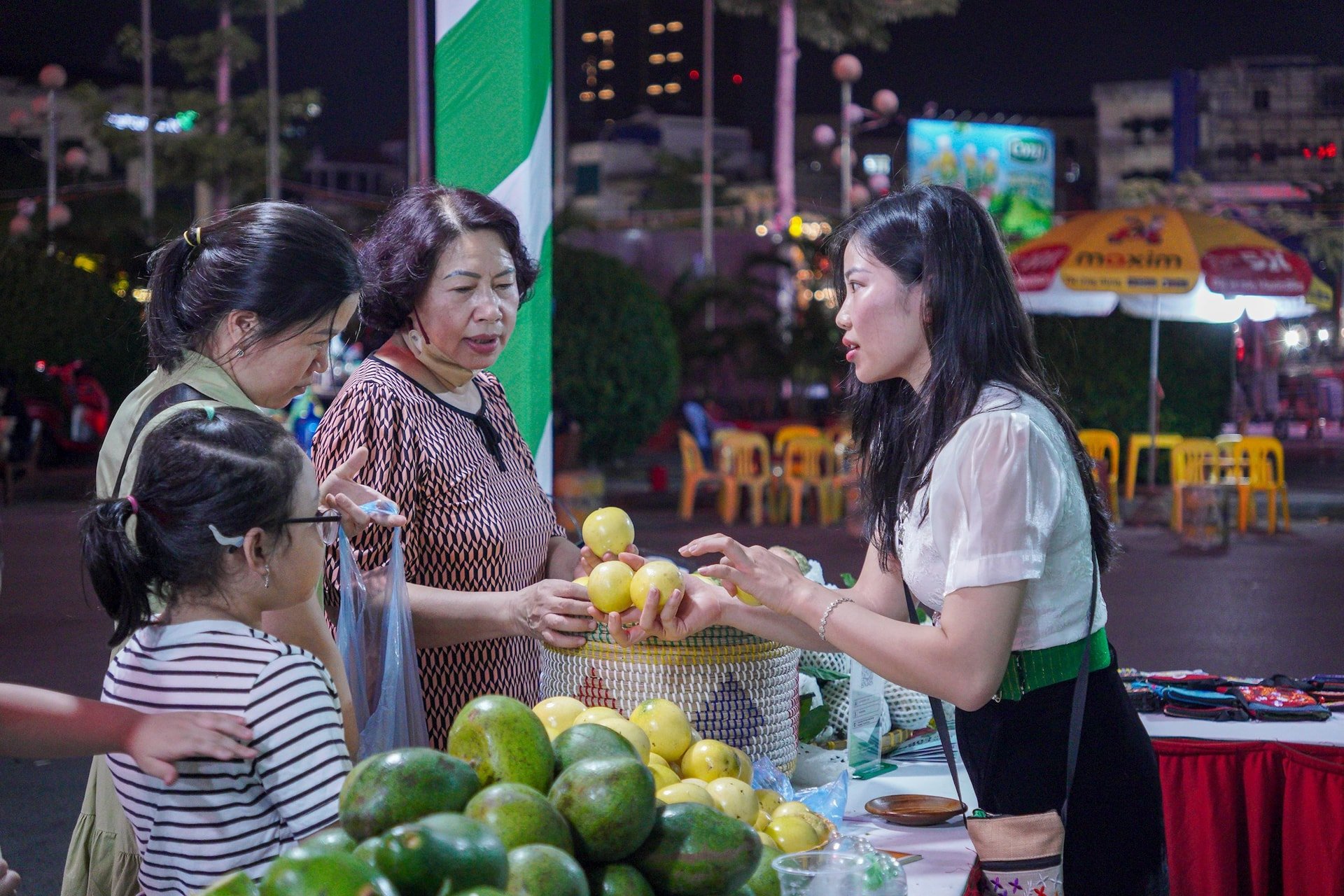






Comment (0)